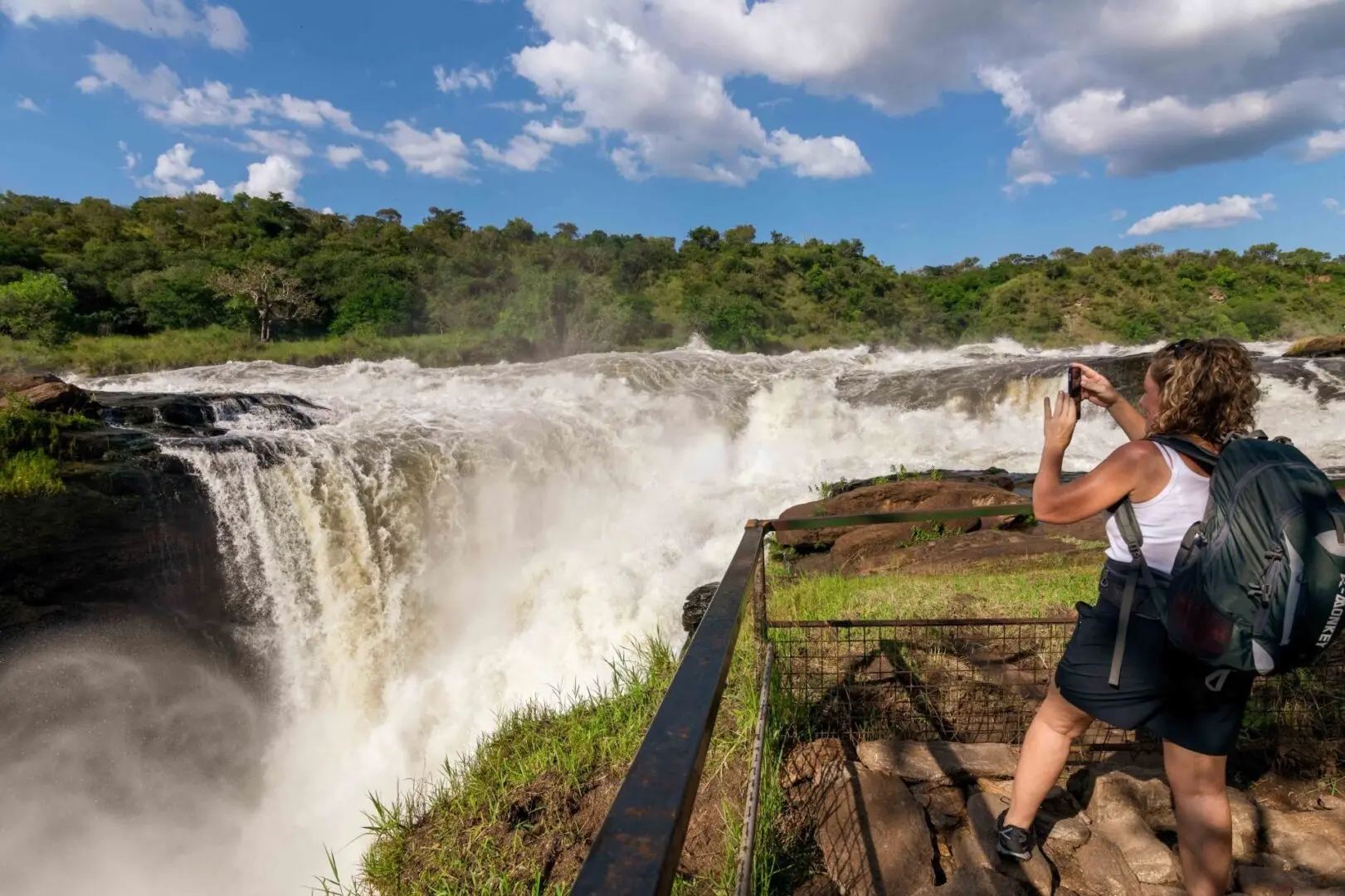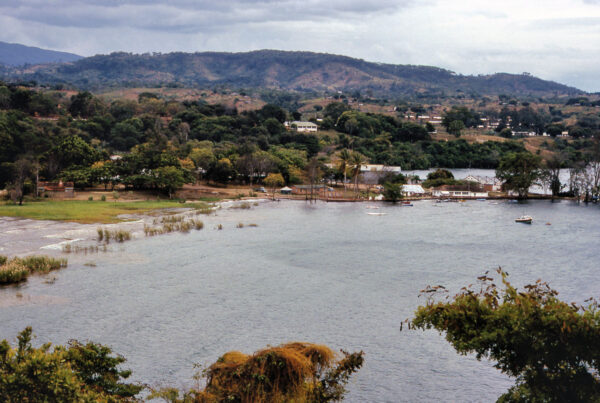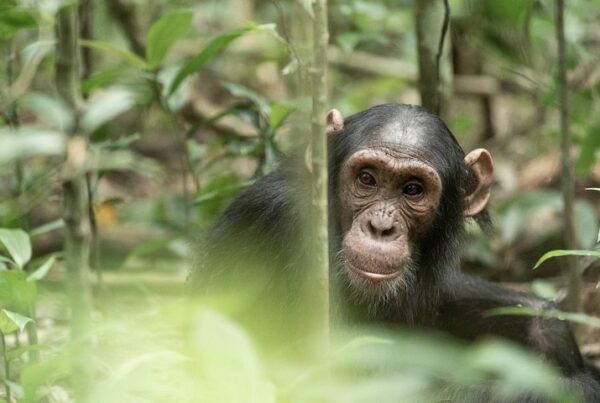Murchison Falls National Park in May: A Month of Transition and Flourishing Wildlife
Murchison Falls National Park, Uganda’s largest and most diverse protected area, enters a critical phase of transformation in May. This month, nestled between the intense rains of April and the gradual onset of the dry season, presents a unique balance of lush landscapes and emerging accessibility. The park’s natural systems respond dynamically to the shifting climate, resulting in a period of flourishing wildlife activity and spectacular scenery. For travelers eager to experience Africa’s raw wilderness in a season of renewal and promise, May offers an exceptional window of opportunity.
Climate and Environmental Conditions: The Transition from Wet to Dry
May is marked by a gradual reduction in rainfall compared to the preceding months, though intermittent showers continue to maintain the park’s verdant condition. Temperatures remain moderate, with a comfortable mix of sunny periods and occasional rain, resulting in a moist yet increasingly navigable environment. The heavy vegetation nourished by the rains begins to stabilize, creating an expanse of rich greenery that blankets the park’s savannahs, woodlands, and riverbanks.
This transitional climate influences the hydrology of Murchison Falls National Park profoundly. Water levels in the Nile River and surrounding lakes and ponds remain high, sustaining abundant aquatic life and providing essential resources for terrestrial species. The park’s signature falls continue to roar with impressive force, fueled by the replenished river flows. The landscape is dominated by lush growth, supporting a thriving ecosystem where plants and animals alike prepare for the upcoming dry season.
Wildlife Behavior and Viewing Prospects: Abundance Amidst Accessibility
In May, wildlife activity in Murchison Falls National Park is both abundant and increasingly accessible. The plentiful water and fresh vegetation attract herbivores across the park, with elephants, buffaloes, Uganda kobs, and waterbucks frequently observed feeding on the nutrient-rich grasses and foliage. These favorable conditions promote breeding activities among many species, leading to increased sightings of young animals and nurturing behaviors.
Predators such as lions and leopards adapt their hunting strategies to the seasonal changes, often capitalizing on the concentration of prey around water sources. Although wildlife distribution remains somewhat dispersed due to the availability of water, the gradual drying of some areas begins to encourage animals toward more predictable locations, facilitating successful game viewing.
Birdlife flourishes spectacularly in May, as the moist environment supports a diverse array of species. Resident and migratory birds alike are highly active, engaging in courtship, nesting, and feeding behaviors. Over 450 bird species inhabit the park, including iconic birds such as the African fish eagle, hornbills, and various kingfishers, making this an exceptional time for birdwatching and photography holidays.
Safari Activities and Experiences: Optimizing the Transitional Season
Safari experiences in Murchison Falls National Park during May are enriched by the interplay of lush environments and improving accessibility. Game drives are conducted with an emphasis on areas where wildlife is most concentrated, ensuring meaningful sightings even as some parts of the park remain affected by residual wetness. Experienced guides utilize their expertise to navigate terrain changes and optimize routes for comfort and wildlife encounters.
Boat cruises on the Nile River continue to offer spectacular views of aquatic and birdlife, as well as the majestic falls themselves. The water’s high volume intensifies the power and visual impact of Murchison Falls, making these cruises a highlight for visitors. Photographers particularly benefit from the rich colors and dynamic lighting created by the mix of sun and cloud during this season.
Nature walks and guided treks are feasible in selected areas where the ground conditions are stable, allowing guests to engage closely with the park’s flora, smaller fauna, and ecological processes. Cultural tours remain a valuable complement, providing insights into local communities’ traditions, conservation efforts, and their interdependence with the surrounding environment.
Why May is an Optimal Month to Visit Murchison Falls National Park
May presents a compelling blend of factors that make it an optimal month for visiting Murchison Falls National Park. The diminishing rains enhance the park’s accessibility, allowing travelers to explore more areas with ease while still benefiting from the lush, green landscapes created by the recent wet season. Wildlife remains plentiful and active, supported by abundant water and food sources.
The balance of favorable weather and vibrant ecosystems caters to diverse traveler interests, including wildlife holidays, birding holidays, photography holidays, and cultural experiences. Visitor numbers tend to be moderate, offering a quieter and more personal safari experience compared to peak dry season months. This atmosphere is particularly suited to private holidays, family holidays, and those seeking immersive adventure in a relatively pristine environment.
Secure Your May Safari with WildHorn Africa
Murchison Falls National Park in May embodies the delicate transition between abundance and accessibility, inviting travelers to witness Africa’s wilderness in a state of renewal and vitality. The park’s diverse landscapes and active wildlife combine to create an enriching safari experience marked by both spectacle and intimacy.
For those inspired to explore this remarkable destination during May, booking Africa tours and safaris through WildHorn Africa is highly recommended. With deep local expertise, personalized itineraries, and a commitment to sustainable tourism, WildHorn Africa ensures that every journey is thoughtfully planned and expertly executed. Trust WildHorn Africa to guide you through an unforgettable May safari at Murchison Falls National Park, where nature’s rhythms come alive.





 WildHorn Africa – Authentic and unforgettable tours across Africa, guided by local experts who know the land, wildlife, and culture best.
WildHorn Africa – Authentic and unforgettable tours across Africa, guided by local experts who know the land, wildlife, and culture best.


